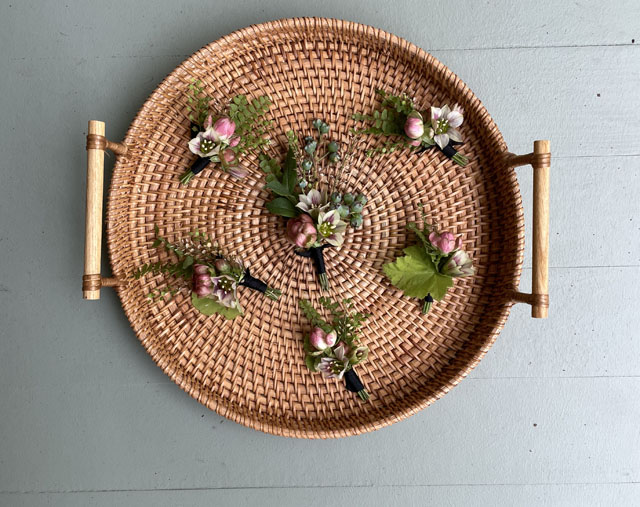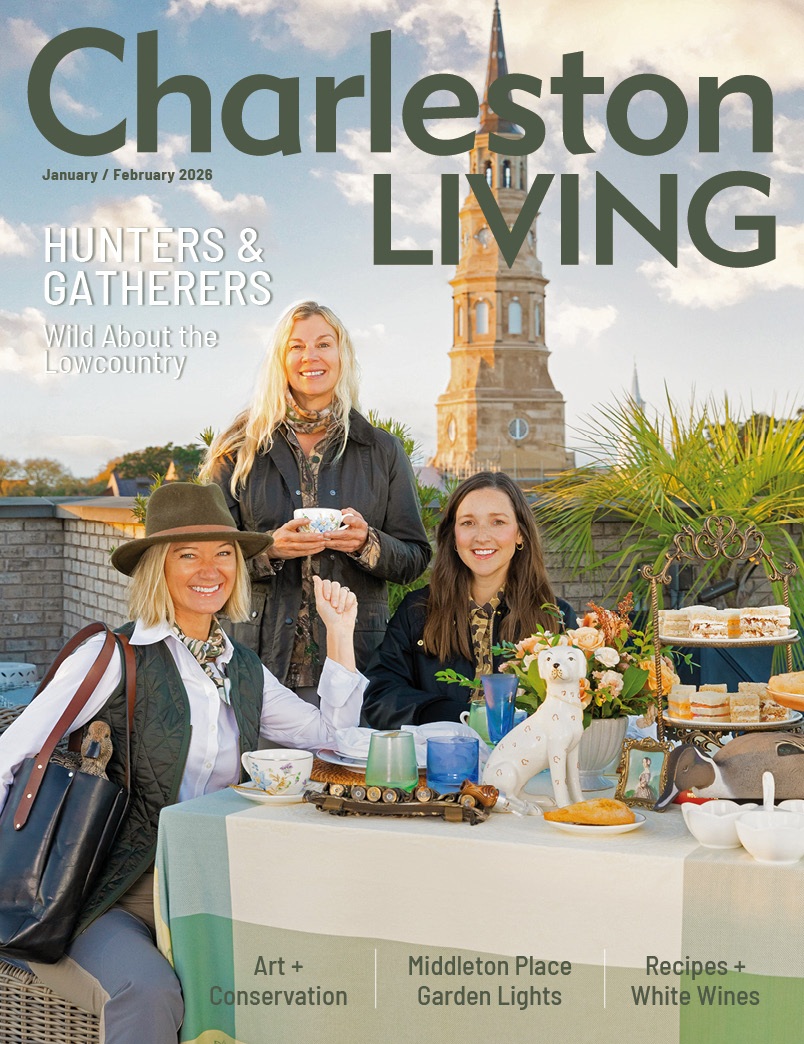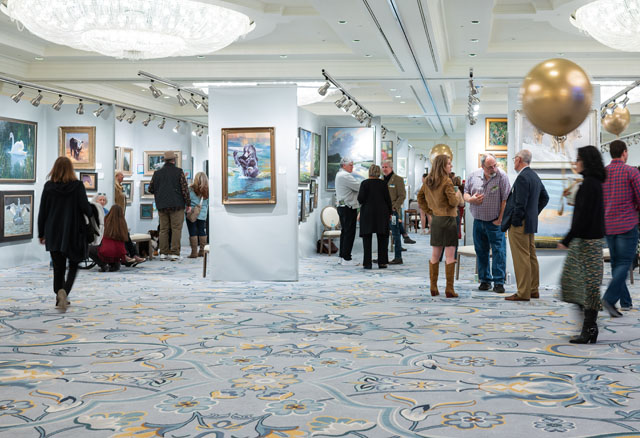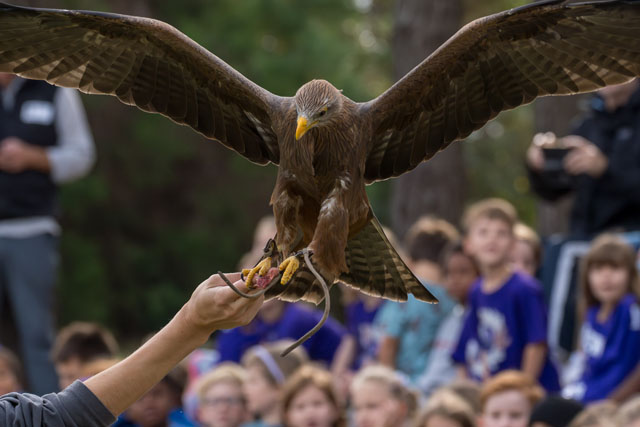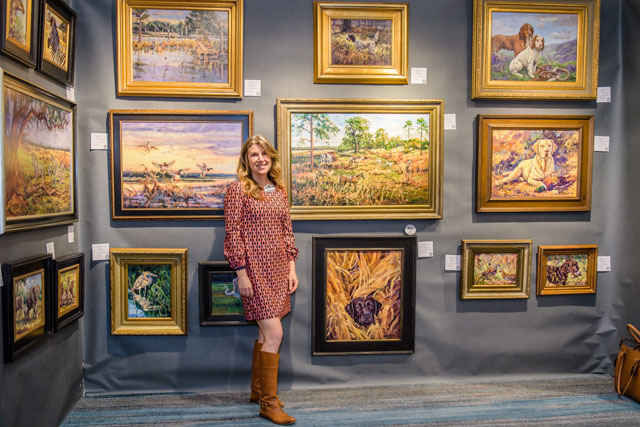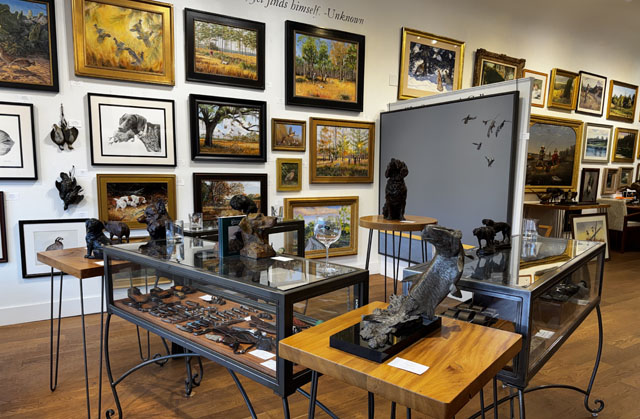Listening as a Living
02 Jul 2023
A walk through the International African American Museum
By Tim Lowry
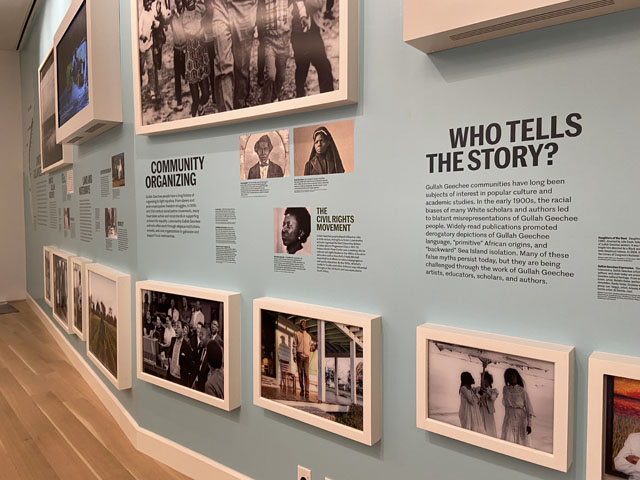
“So, what do you do for a living?”
I recently found myself at a cocktail party where this was the question being tossed out like a fishing line with the hope to catch something interesting. It was hard to generate a conversation from the predictable answers—doctor, lawyer, engineer—the assumption being that everyone already knew about those professions. One man said he worked for the IRS and immediately found himself drinking alone. Eventually, the question was tossed in my direction and I took the bait by answering “I am a professional listener.” There was a questioning look on several faces and finally someone asked, “What is a professional listener?” Ah! The tide had turned and now the fish had become the fisherman.
The doctor, the lawyer, and the engineer leaned in. (The IRS agent stood at a respectful distance looking on with intensity.) I said, “Yesterday, I stood at the very edge of the Atlantic Ocean and heard a million African voices…”
I then proceeded to tell my new friends about my work as a historian/folklorist/storyteller and how I had recently previewed the new International African American Museum at 14 Wharfside Street in Charleston, set to open at the end of June.
The building is suspended over the exact location of Gadsden’s Wharf, a well-documented final destination in the 19th century Trans-Atlantic Slave Trade. It is estimated that on this spot, more than 30,000 people were brought ashore from across the water and thrust into a strange and hostile environment to begin a legacy of survival, struggle, resilience, and triumph. A stone slab marks the very edge of what used to be the dock that was reserved exclusively for slave traders’ ugly business, but now serves as a memory garden where the ever-present lapping of water speaks of the fluidity of the past, present, and future as sea breezes whisper of many thousands gone, millions who remain, and millions more yet to be born.
A legacy of stories, like the elevated building itself, rises above a painful past in a beautiful and colorful presentation celebrating creativity, resilience, and beauty.
After climbing the stairs that lead from the memory garden into the museum, I entered the TransAtlantic Gallery, where eight large video screens present an immersive media experience. Images, light, sound, color, shadow and movement combine to introduce the big stories of African cultures, the tragic Middle Passage and the world-wide African Diaspora. The effect is not unlike the overture to a colorful and exciting show. I had a sense that a great story was unfolding and as I moved along the passageway, I was introduced to many of the characters and settings in a story that spans continents, oceans, and historic eras.
Following this dramatic introduction, the museum pathways carried me through more than twenty exhibits and galleries containing over 150 historical objects, 30 works of art and 50 films and digital interactive experiences. Each of these high-quality and beautifully-designed installations is a small piece of a much larger story that is greater than the sum of its parts. It would be impossible to describe them all, but there were several items that spoke to me and called for careful listening and the beginning of deeper understanding.
In the African Roots/African Routes Gallery, the masks, jewelry and statuary of West and West Central African peoples sang songs of vibrant civilizations with vast stores of knowledge, ancient traditions and rich cultures.
The Islamic Astrolabe (a two-dimensional graph of heavenly bodies displaying advanced understanding of mathematical techniques and stereographic projection) was one of many objects of particular note that spoke loudly of the high achievements of African scholars before the introduction of European thought and culture.
Moving from Africa to South Carolina in the Carolina Gold/Memories of the Enslaved Exhibit, I could hear the bird calls of the forest, the lapping water of the tidal rivers, the rustle of rice stalks and the work songs of laborers as they toiled under the Carolina sun. I could also listen to first person accounts of daily slave life as recorded by the Federal Writers Project during the 1930s. The most poignant story was told in simple words embroidered on a cotton cloth bag.
My great grandmother Rose
mother of Ashley gave her this sack when
she was sold at age 9 in South Carolina
it held a tattered dress 3 handfuls of
pecans a braid of Roses hair. Told her
It be filled with my Love always
she never saw her again
Ashley is my grandmother
Ruth Middleton
1921
After this story, I was moved by the Spirituals coming from a reconstructed Praise House. I also enjoyed the animated tellings of Br’er Rabbit Stories and other trickster tales from celebrated storytellers of the South Carolina Lowcountry. These were just two of several exhibits in the Gullah Geechee Gallery that work together to define and demystify the culture of the descendants of enslaved Africans on the Carolina/Georgia coast and give testimony to the people’s marvelous ability to laugh, sing, and dance even in the very shadow of slavery.
I then entered the American Journeys exhibit, which endeavors to tell the larger story of people of African descent in these United States beginning with stories of the very first enslaved families, through the Civil War, Reconstruction, the Jim Crow Era, the Civil Rights Movement, and right up to present day Black Lives Matter initiatives. This exhibit is presented like a larger- than-life coffee table book filled with instructive museum panels, colorful images, video presentations and select artifacts that tell a story of past, present, and future trials, tribulations, goals, objectives, hopes and dreams.
All of these stories and songs were brought to my ears during a 90-minute preview of the museum. My visit was far too short. There are many more voices to hear. The International African American Museum will open to the public in late June 2023. I highly encourage you to visit the museum and listen with big ears!


